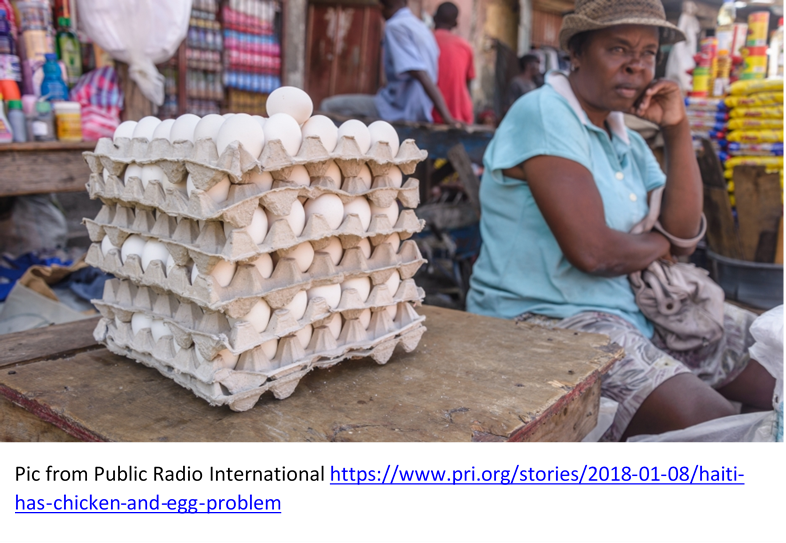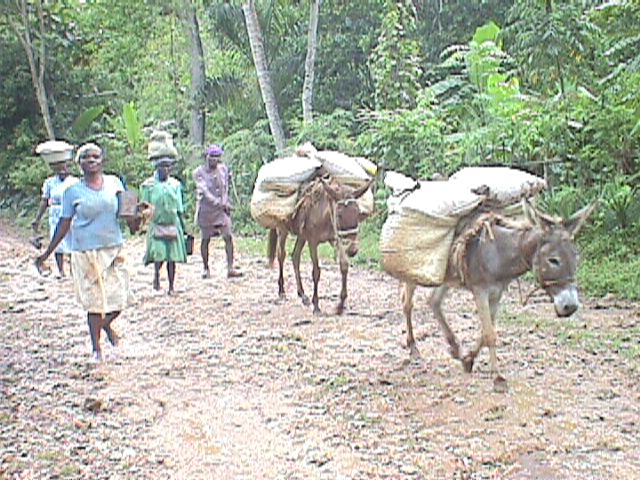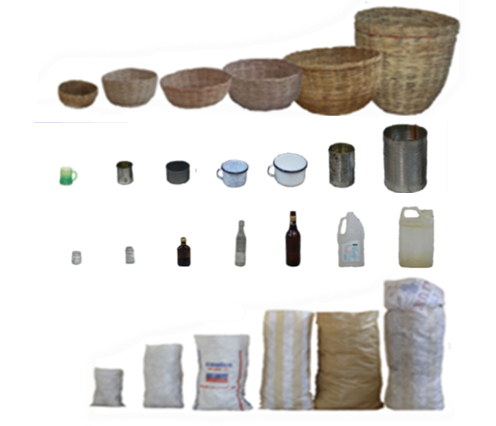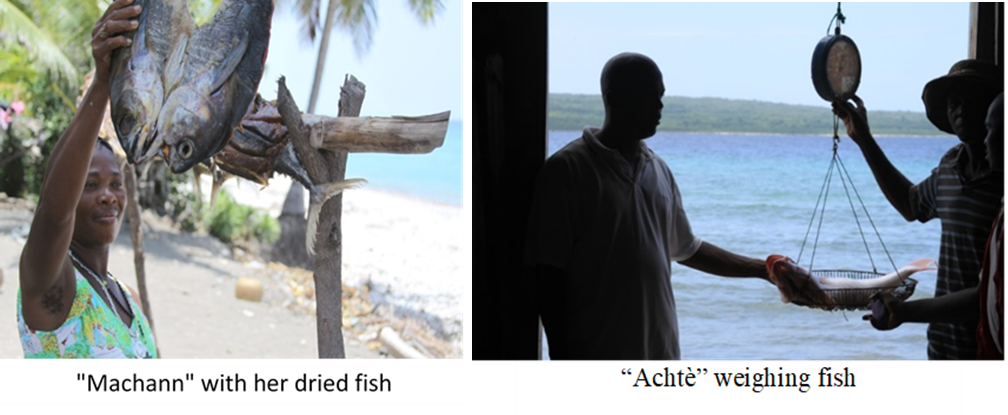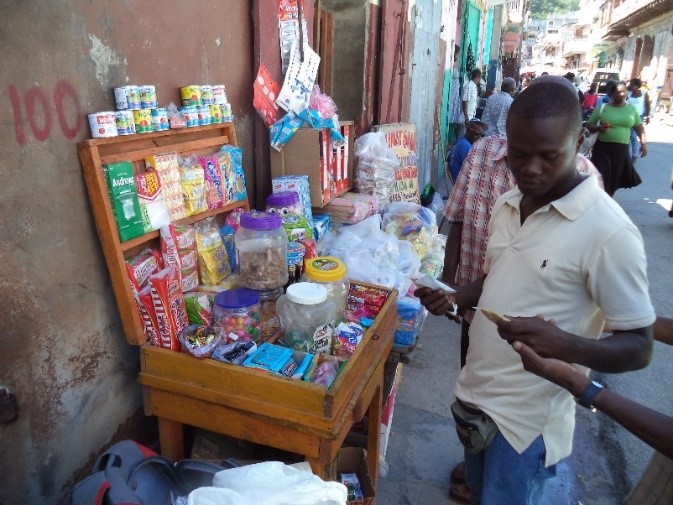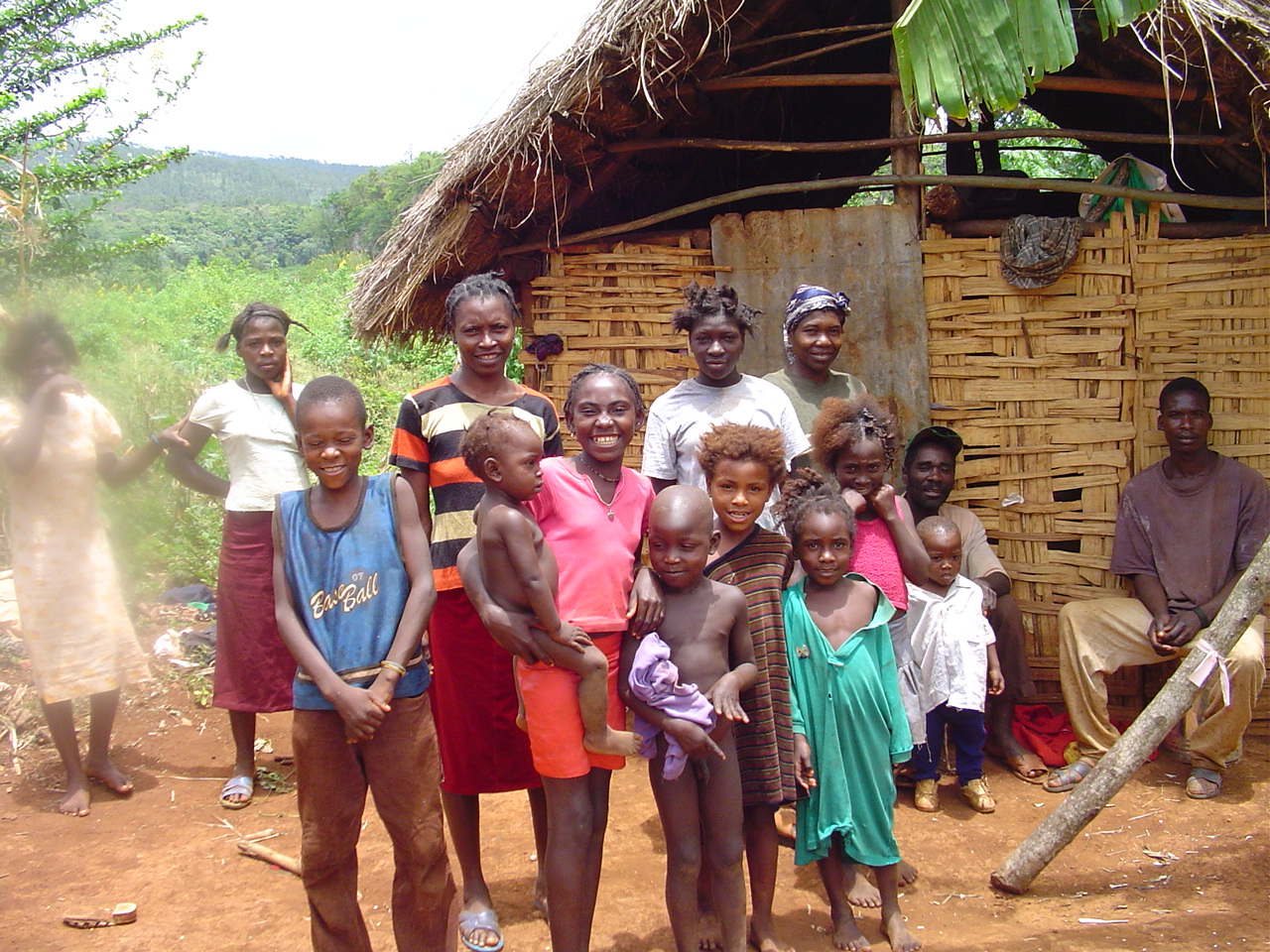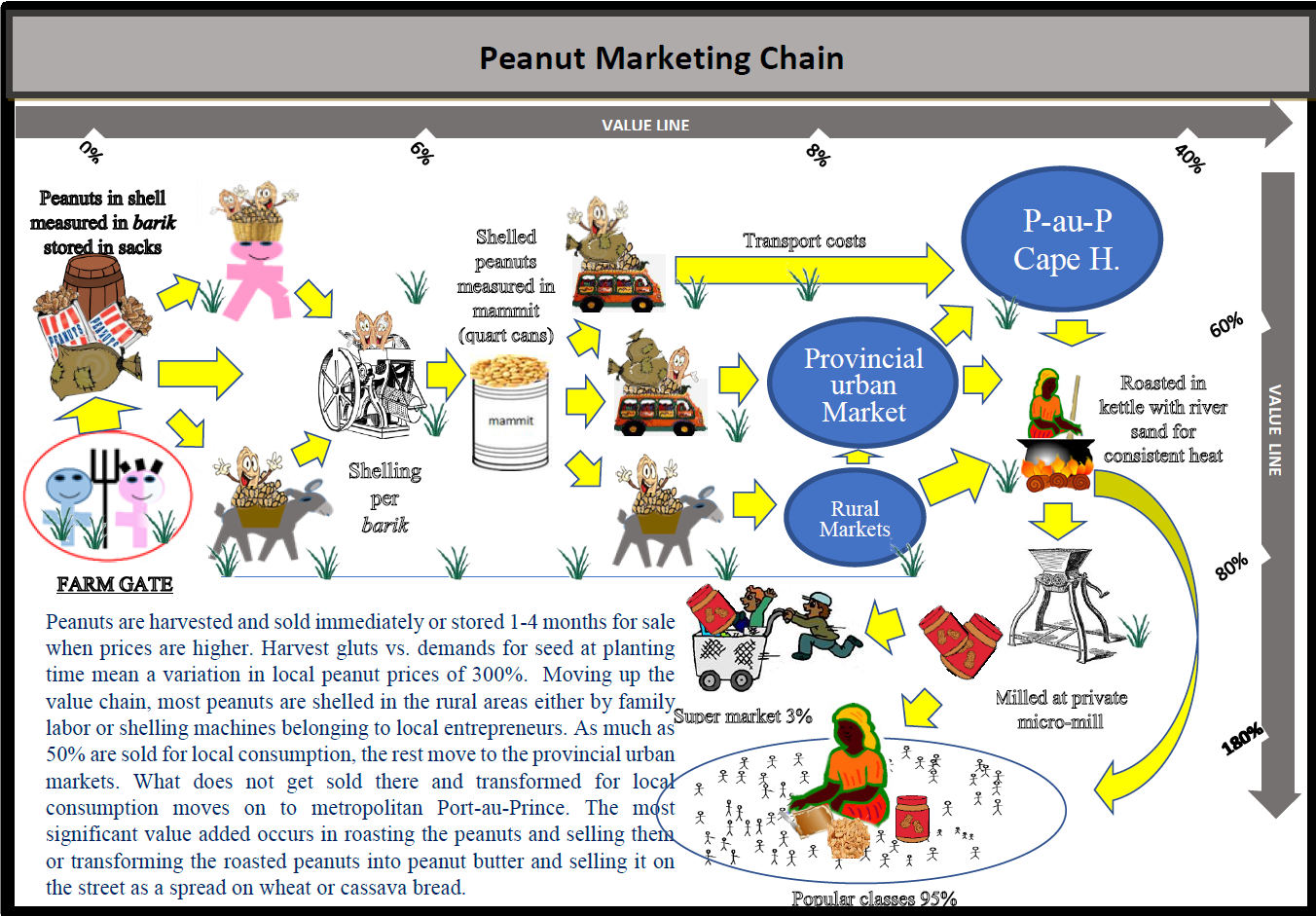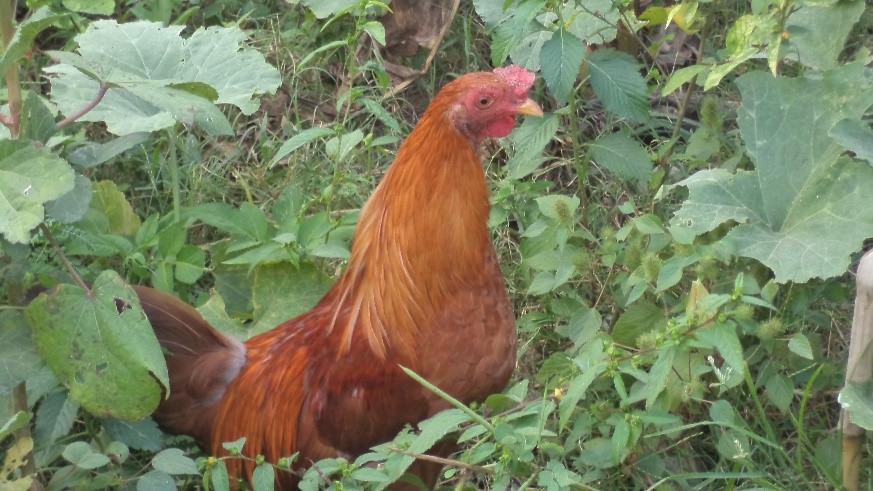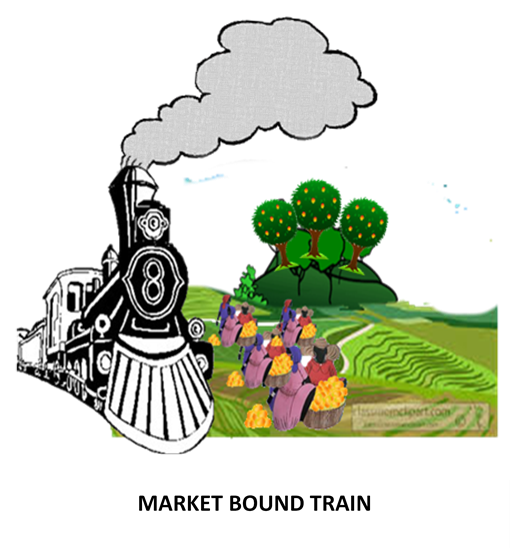Logo Icon Comparison Report
The primary objective of this study was to test consumer opinions of the mascots and labels to aid MFK (Meds and Foods for Kids located in Cape Haitian) in making a decision which label and mascot to use. A secondary objective was to determine the preferences and interests of Haitian consumers regarding mascots so toRead More
EGGS IN HAITI SURVEYS AND REPORT (FCA 2015)- French
Ce rapport porte sur la production d’œufs en Haïti dans un contexte de stratégies de subsistance des ménages ruraux des classes populaires. La recherche a été commissionné par Finland Church Aid (FCA) et menée sous les auspices de Socio-Dig, une société de recherche basée à Haïti.
Haiti Anthropology Brief: Defining the Haitian Madam Sara
Named for a migratory bird that assiduously searches for and finds food wherever it goes, the Haitian madam sara (pronounced ma-dan sé-ra) acts as the critical market link between rural producers and the urban consumer, most importantly the 30% of the national population who live in Port-au-Prince, many of whom work for wages and receiveRead More
Weights vs. Volume Measures: Overview of Haiti Informal Market Volume Measuring System
The most significant measures for both the market woman and the typical customer in Haiti are those used to measure the most popular staple foods: cans and cups from the mammit (3 litre can), to the ti mammit (500 ml can), to the gode (440 ml), demi gode (320 ml) and the bwat let (180Read More
Gender and the Fish Market Chain in Haiti
NGO Interventions, Associations and the Market Chain: Risk of Putting Women out of Business NGOs have intervened in the purchasing-processing-storage-and-marketing chain to help fishermen get better prices for their fish and thereby bolster income to impoverished households. This support has encouraged the formation of male-dominated fishing associations. In addition to help with offshore fishing, theyRead More
Port-au-Prince Haiti Merchant Monopoly on Bad Snack Foods
The ingredients for prepackaged snack foods on the Haitian market are entirely imported, of low quality and low nutritional value. Their growing role as a main source of food for lower-income Haitians, especially school children, is a threat to the health of the population. And there is little anyone can do about it. Or perhapsRead More
Haiti Anthropology Brief: Eighteen Characteristics of Life in Rural Haiti that Every Aid Worker Should Know
For at least the past 50 years Haiti has arguably been the most aided country on the planet, and arguably the country with the most dismal development record. Aid workers typically leave frustrated, not able to understand why rural Haitians will not adopt crops they promote, or the technologies and strategies that seem to soRead More
The Peanut Ethnographic Value Chain in Haiti
Peanuts are endemic to Haiti. Pre-Columbian Taino Indians planted them. Haitians have always planted and eaten peanut products as, or more frequently, than any other food that is not part of the main mid-day meal. Haitians prefer locally produced varieties over imported peanuts. In this paper we examine the peanut value chain, taste preferences, andRead More
Chicken & Egg (Poultry) Ethnographic Value Chain in Haiti
This paper focuses on egg production in Haiti with an emphasis on popular class rural household livelihood strategies. Data is drawn from a review of the literature and contact with farmers, entrepreneurs, merchants, cooperative leaders, and two surveys: a 382 household “Chicken Survey” and a follow-up telephone sub-survey of 91 of the original respondents. ConstraintsRead More
Haiti Anthropology Brief: Origins of the Haitian Internal Rotating Market System
Haiti was born in the latter 18th and early 19th century when 500,000 slaves engaged in a 13-year struggle for freedom and independence that was arguably the deadliest conflict in world history. About half of both the civilian and combatant populations were killed. Many died violently, but a greater number fell ill and died fromRead More
